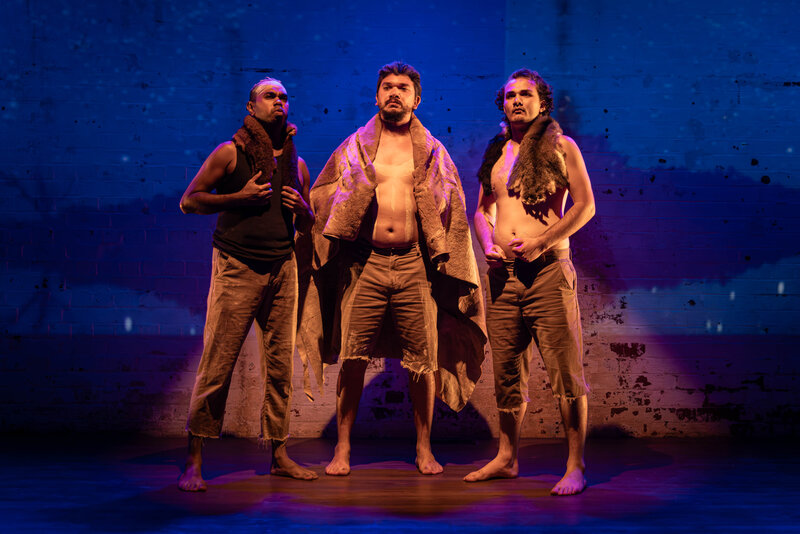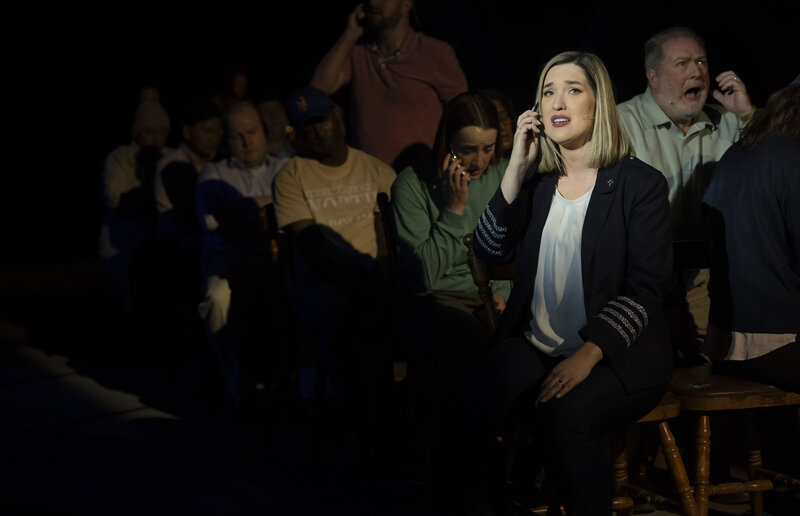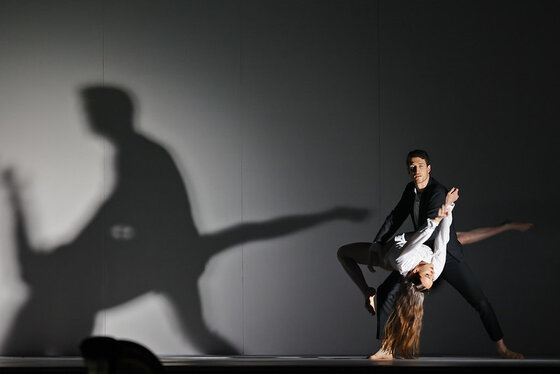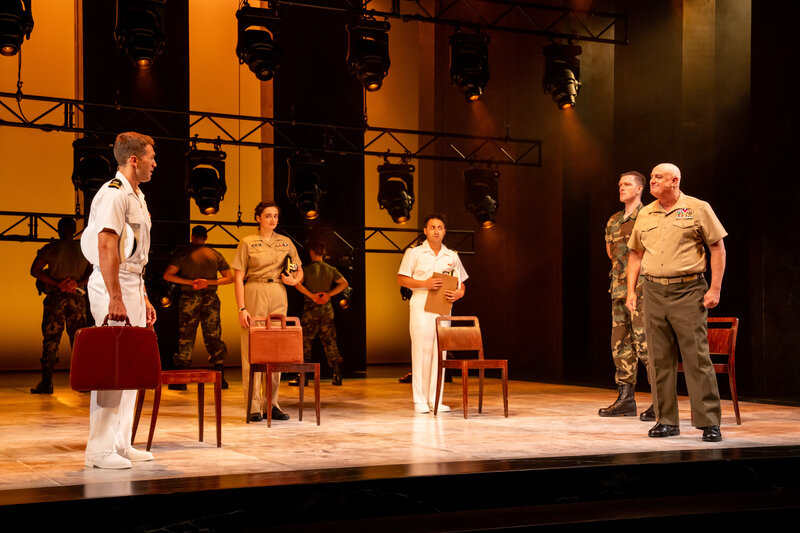The Red Turtle is a dialogue-free animated film from the renowned Studio Ghibli, which has given us Howl’s Moving Castle and Spirited Away. But this is an international co production between France and Japan, and is the first non-Japanese film produced by the revered animation studios. This is a richly emotional and resonant exploration of what it means to be human.
 When the film opens a nameless man has been cast adrift from a shipwreck. He washes ashore on a deserted island that is populated by crabs, birds and turtles. The early scenes of loneliness and solitude may remind some audiences of Tom Hanks in Castaway. The man struggles to adapt to life on the island and his early attempts to adjust include exploring the environment and he even survives a fall from a cliff face into an enclosed pool of water. Eventually he manages to construct a raft made of bamboo and heads off across the ocean. But he doesn’t get far before some mysterious creature from the deep destroys his raft. Undeterred he attempts to leave three times, but each time his raft is destroyed by this mysterious creature, which turns out to be a massive red turtle. For some reason the turtle doesn’t want the man to leave. The turtle follows him ashore. He clubs it and rolls it over, leaving it lie helplessly in the sand.
When the film opens a nameless man has been cast adrift from a shipwreck. He washes ashore on a deserted island that is populated by crabs, birds and turtles. The early scenes of loneliness and solitude may remind some audiences of Tom Hanks in Castaway. The man struggles to adapt to life on the island and his early attempts to adjust include exploring the environment and he even survives a fall from a cliff face into an enclosed pool of water. Eventually he manages to construct a raft made of bamboo and heads off across the ocean. But he doesn’t get far before some mysterious creature from the deep destroys his raft. Undeterred he attempts to leave three times, but each time his raft is destroyed by this mysterious creature, which turns out to be a massive red turtle. For some reason the turtle doesn’t want the man to leave. The turtle follows him ashore. He clubs it and rolls it over, leaving it lie helplessly in the sand.
But then miraculously a beautiful woman emerges from within the turtle. A relationship develops between the pair and they start a family. Eventually their son grows up and desires his independence and a life beyond the confines of the island, the only home he has ever known.
The director is Dutch born animator Michael Dudok de Wit, who is based in London. He has carved out a reputation for his short films including 1994’s The Monk And The Fish, and he won an Oscar in 2004 for his short film Father and Daughter. It was his work on that film that attracted the attention of the heads of Studio Ghibli who approached him to make his feature film debut. This is a deeply personal film for de Wit, who collaborated on the script with Frenchwoman Pascale Ferran (Bird People). The Red Turtle is a deceptively simple story, but this is also an allegory and a fairy tale like story about the circle of life. It is deeply symbolic and explores some profound themes.
Devoid of dialogue it relies on the lyrical and the strong visual style for its narrative. Although there is no dialogue, de Wit has created an immersive soundscape of rain, the wind blowing through the trees, the swish of the waves in the ocean, etc.
De Wit employs a minimalist approach that is a contrast to the usual vibrant colours and richly detailed animation that we have come to expect from Studio Ghibli. He uses charcoal drawings for the backgrounds, and the sepia colours add a surreal quality. But as usual his attention to detail is superb, and he creates the lush forests, the water and the natural environment of the island setting. Working with a team of French animators he has added depth and texture to the images. De Wit also consulted with famed Japanese animator Isao Takahata (Tale of Princess Kaguya) throughout the painstaking process of realising his vision.
The Red Turtle has a melancholy tone, and Laurent Perez Del Mars’ evocative and lush score enriches the film. The film unfolds at a leisurely pace, which is in marked contrast to the frenetic pace and energy of much of the animated output from mainstream Hollywood studios, and it will reward the more patient viewers. Younger audiences may find this existential tale of life a little tedious though.
Director: Michael Dudok de Wit
Release Date: 22 September 2016 (limited)
Rating: PG
Greg King

David Edwards is the former editor of The Blurb and a contributor on film and television




